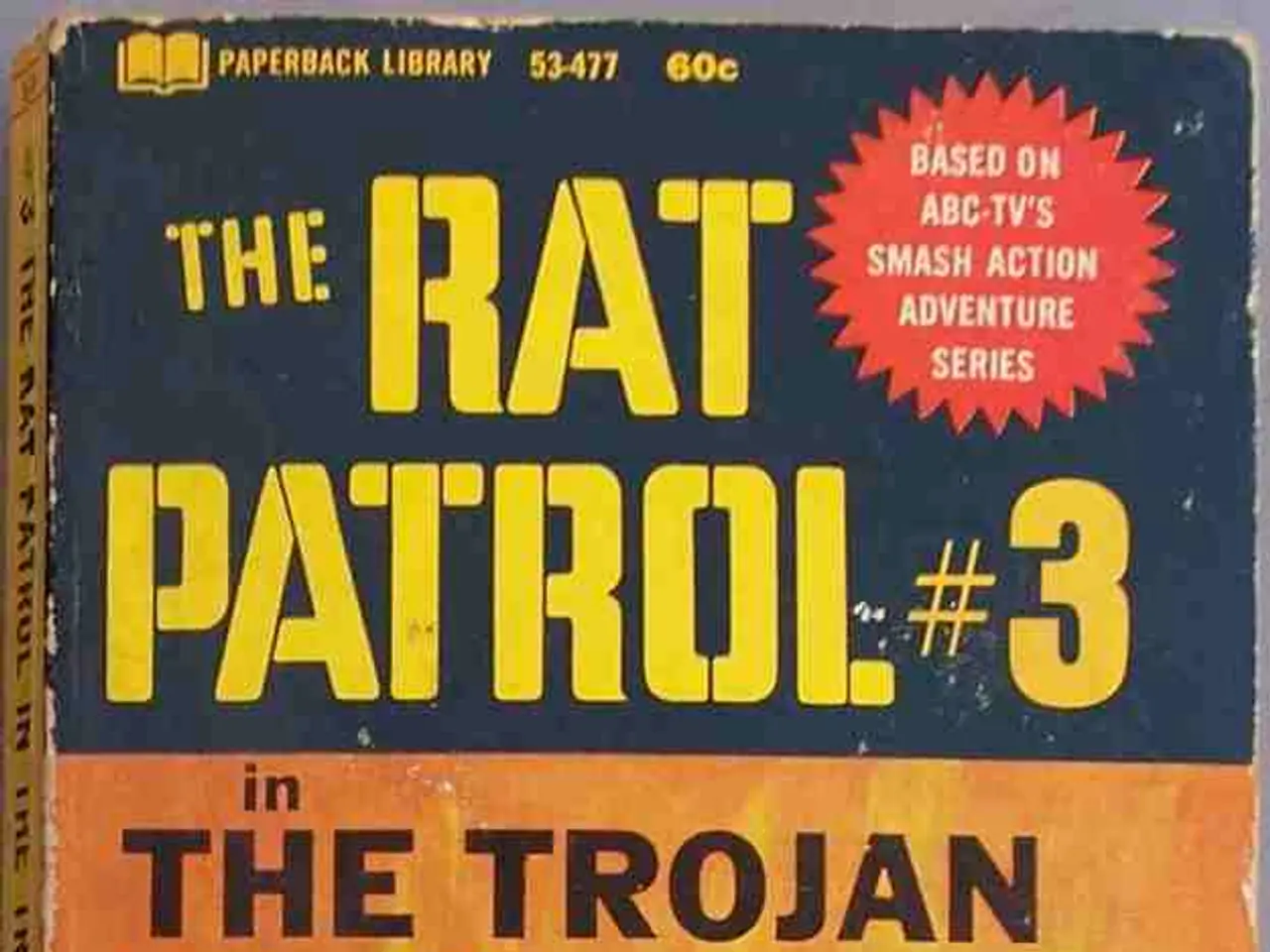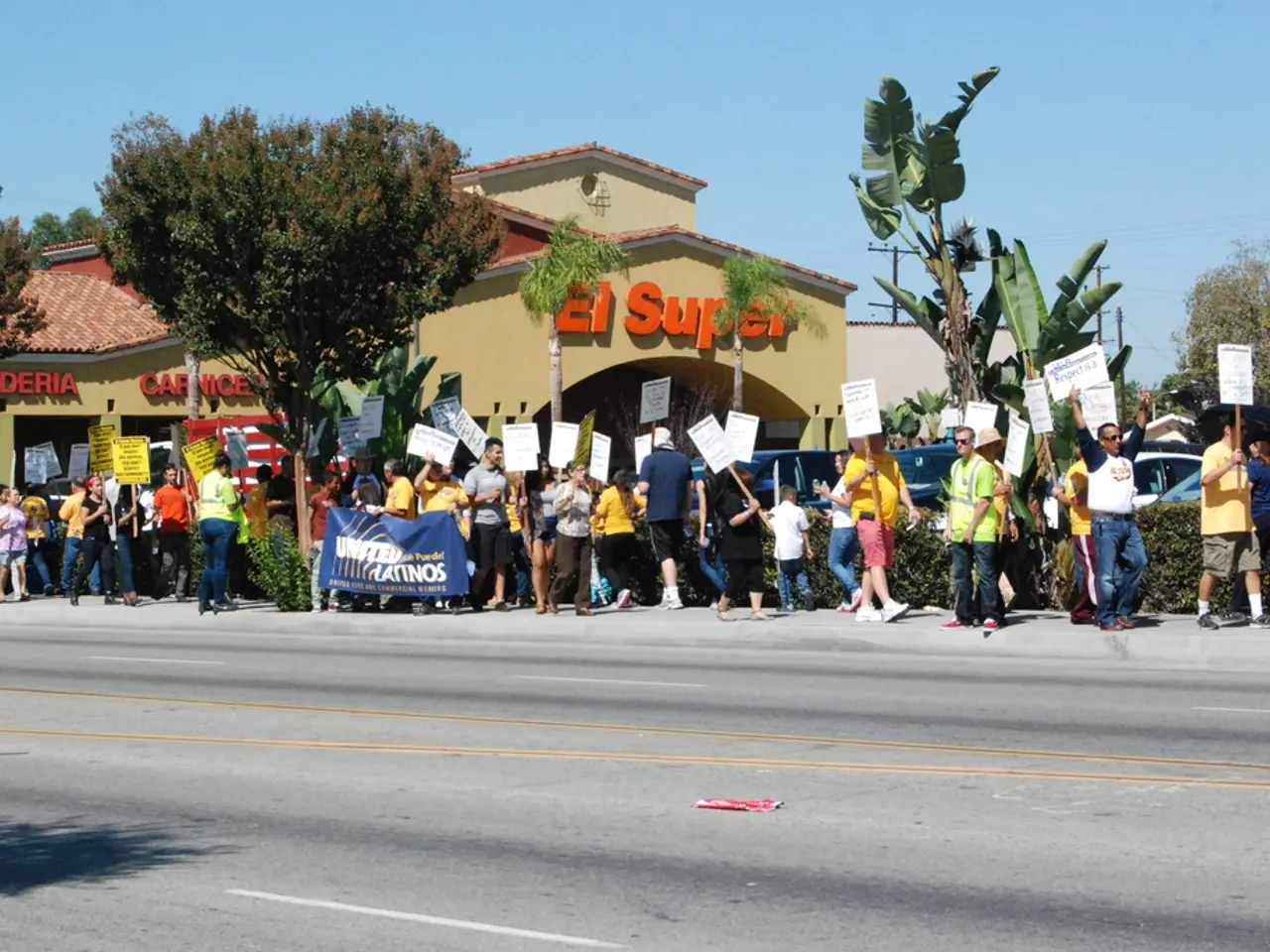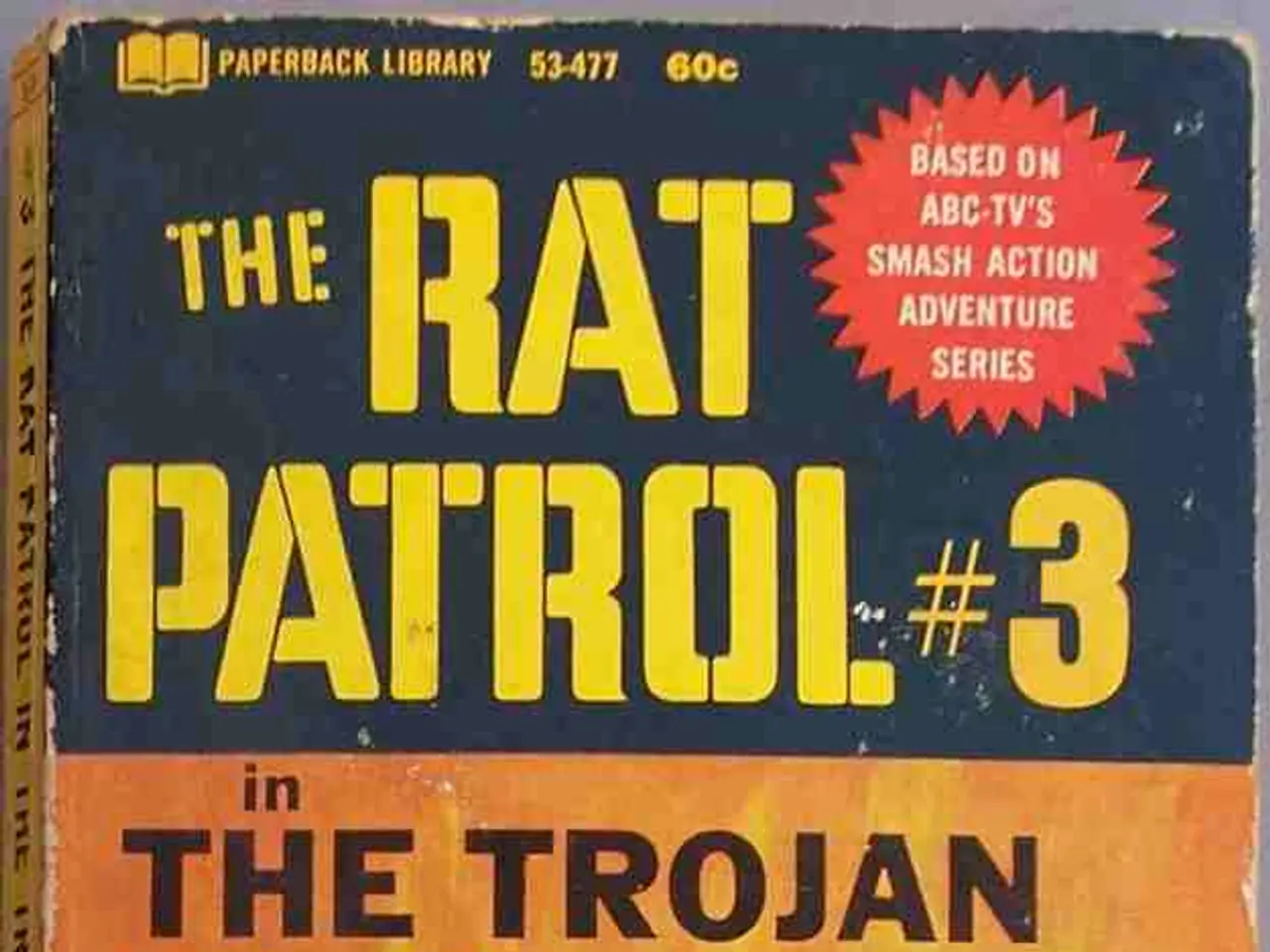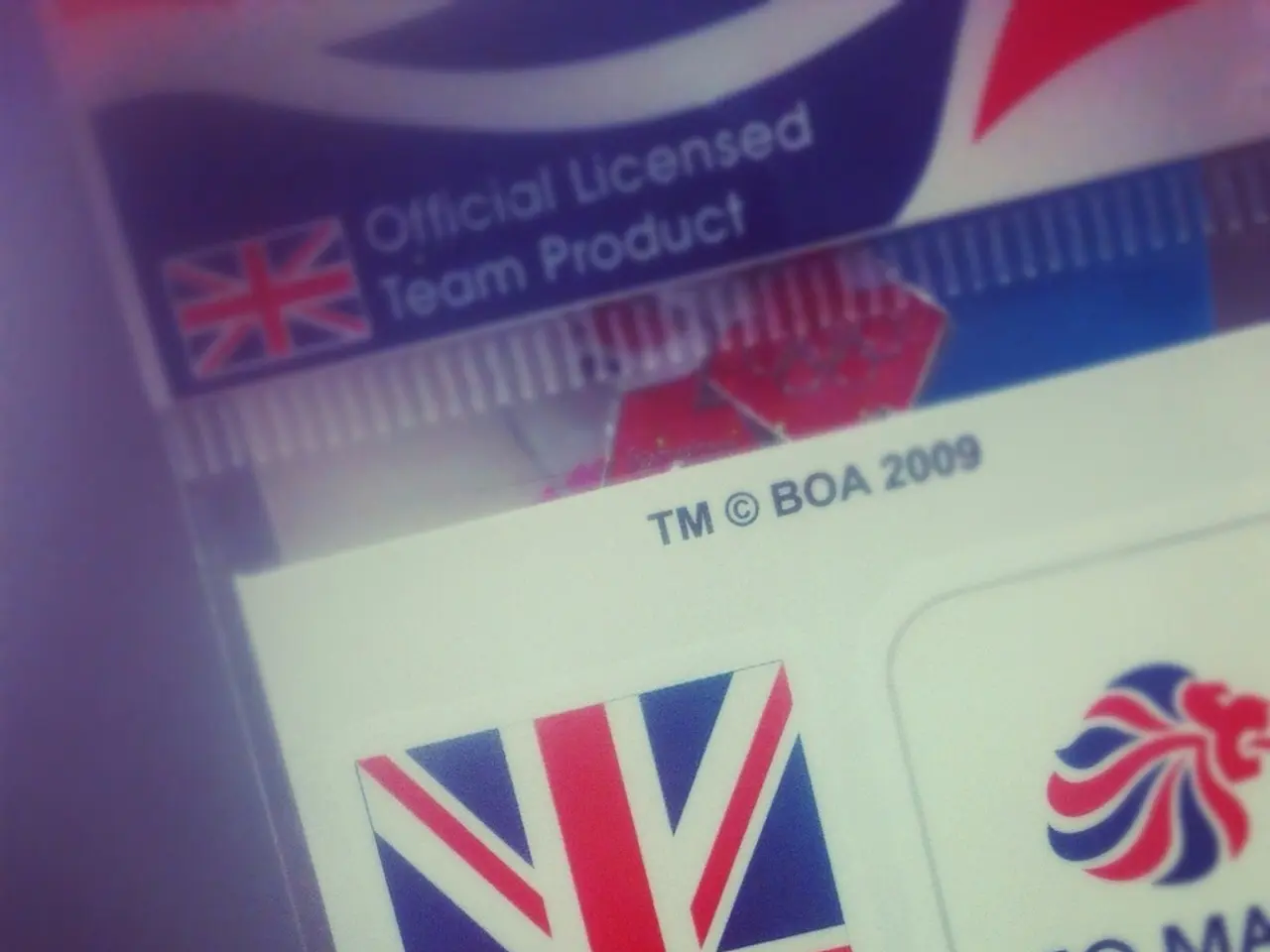Ishiba Advocates for Modification of U.S. Presidential Directive on Taxes on Goods
In a significant development, Japan and the United States have reached a comprehensive reciprocal tariff agreement. This agreement, formalised in the "U.S.-Japan Strategic Trade and Investment Agreement" announced on July 23, 2025, sets a baseline 15% reciprocal tariff rate on imports of Japanese-origin goods to the U.S., replacing the previously higher tariffs of up to 25%.
The agreement comes after the Japanese government expressed concerns about the impact of the reciprocal tariffs on the trade relationship between the two nations. Prime Minister Shigeru Ishiba had urged President Trump to immediately revise the executive order on reciprocal tariffs.
According to the agreement, Japan has agreed to increase U.S. import quotas on rice and other agricultural products by 75% and removed quantitative restrictions on autos and auto parts, allowing unlimited exports to the U.S. Japan also committed to invest $550 billion in the U.S., including in key industries such as defense, pharmaceuticals, semiconductors, and energy infrastructure.
Following the agreement, President Trump's revised executive order on reciprocal tariffs took effect on August 7, 2025, implementing the 15% tariff rate on Japanese imports as part of the broader reciprocal tariff framework. This was a delay from the originally planned August 1 effective date. The new tariff rate applies across all Japanese goods except where exceptions apply and stacks on top of other tariffs, such as Section 232 tariffs, but at a lower rate for autos and parts from Japan compared to other countries.
Prime Minister Ishiba has welcomed the negotiated agreement, stating that there are no misunderstandings between Japan and the United States regarding the agreement on reciprocal tariffs. He has also assured that Japan will continue to make strong requests through all channels, including at a ministerial level, to revise the executive order if necessary.
The reciprocal tariffs are part of a broader trade policy initiative by the United States. The agreement between Japan and the U.S. marks a significant step towards balancing trade and fostering increased investment flows between the two nations, while protecting key industries.
[1] U.S.-Japan Strategic Trade and Investment Agreement, White House, July 23, 2025. [2] Japan and U.S. Agree on Reciprocal Tariff Deal, Nikkei Asian Review, July 23, 2025. [3] Trump Revises Executive Order on Reciprocal Tariffs, White House, August 7, 2025. [4] Japan-U.S. Reciprocal Tariff Deal: What You Need to Know, Bloomberg, August 7, 2025.
Journalists may publish numerous articles detailing the provisions of the U.S.-Japan Strategic Trade and Investment Agreement, discussing policy-and-legislation aspects such as the recalibration of tariff rates on imports of Japanese-origin goods to the U.S. The media could also cover political exchanges like Prime Minister Shigeru Ishiba's push for President Trump to revise the executive order on reciprocal tariffs, with general-news stories highlighting the impact of these changes on various sectors, including media, agriculture, autos, defense, pharmaceuticals, semiconductors, and energy infrastructure.







